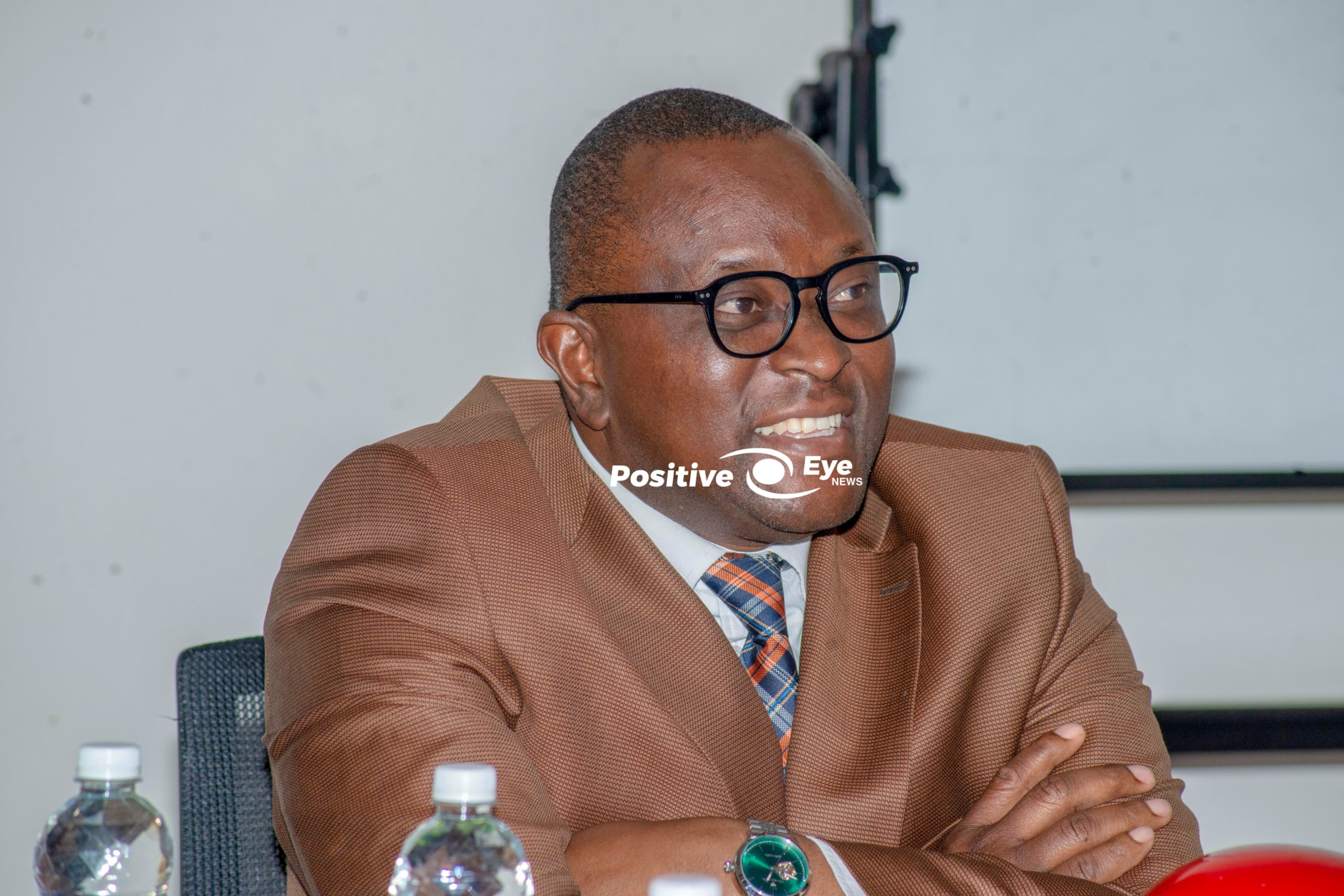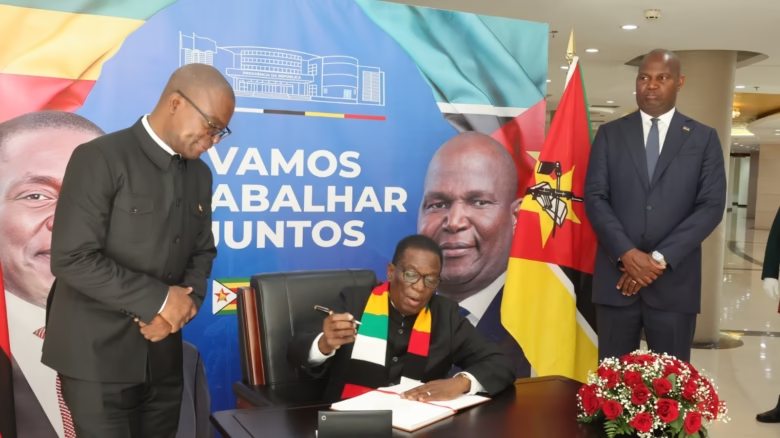
On Tuesday, President Emmerson Mnangagwa’s Cabinet met for its 27th sitting of the year, and the decisions that emerged from that gathering spoke of a government looking to stitch together power, livelihoods, reform and memory into one fabric of national renewal. The tone was set by a deal that could breathe life back into Hwange Power Station’s tired turbines. For decades, Units 1 to 6 have stood as both a symbol of industrial ambition and of infrastructural decay, their inefficiency fuelling nights of darkness and days of lost production. Now, through a Public-Private Partnership with Jindal (Private) Limited, the old thermal workhorse is to be rehabilitated under a Rehabilitate-Operate-Transfer model. Ministers hailed the move as a decisive step toward steady electricity that will banish the scourge of load shedding, revive factories, and give families across the land a measure of certainty in their daily lives.
The Cabinet did not stop there. It approved the participation of private investors in electricity distribution and retail, particularly in the so-called “dark cities” that still wait for the flick of a switch. The policy is bold, opening a door that has long been guarded by state monopoly. Banks will be brought into the equation, working with ZETDC to finance electrification, while solar projects will light up off-grid suburbs with the promise of future integration into the national grid. Officials say this is more than a policy tweak, it is a shift in philosophy, a recognition that universal electricity access by 2030 will only be achieved if the state and private capital walk together. The potential rewards are vast: faster infrastructure rollout, improved revenue collection, and a deeper embrace of renewable energy. Yet, behind the optimism lurks the challenge of regulation, fairness, and trust, without which new lights may only cast new shadows.
On livelihoods, Cabinet’s discussions turned to the everyday struggles and triumphs of Zimbabwean households. The latest assessment reports painted a mixed but largely encouraging picture. Food security has strengthened, with government support cushioning vulnerable families after erratic rains. The Basic Education Assistance Module was boosted with ZiG 40 million, plugging gaps that had persisted since 2023 and keeping the school doors open for children from poor backgrounds. More than nine out of ten children under five received life-saving Vitamin A supplementation. The Pfumvudza/Intwasa farming method, once dismissed as ambitious, has now taken root in over half of rural homes, offering hope that even in the face of climate change, smallholders can keep their families fed. But amid the gains, a new concern has emerged: the rise of overweight and obesity among adults. At 35 percent of the population, this statistic forces a rethinking of health policy, signalling that hunger is no longer the only enemy, lifestyle diseases are on the march, demanding new awareness and new interventions.
The Cabinet also cast its gaze on the sprawling informal economy, that vast, untidy marketplace where the majority of Zimbabweans earn a living but few pay formal taxes. Inspired by India’s digital finance revolution, ministers approved a package of measures to bring order to the chaos. These include registering all MSMEs in a national database, easing business licensing, creating no-cost savings accounts and digital wallets, and raising transaction limits to match the realities of small enterprise. The hope is that by lowering barriers and building trust, more informal traders will step into the light, gaining access to credit and services while contributing to the national fiscus. The risk, of course, is that without careful incentives, the informal sector will see formalisation as a trap rather than an opportunity.
Agriculture, the country’s enduring backbone, will undergo a skills audit. It is an exercise in self-reflection: What expertise does Zimbabwe have in crop science, fisheries, water management, livestock, and rural development? What gaps must be filled as climate patterns shift and technology races ahead? By asking these questions now, policymakers want to future-proof a sector that feeds the nation, employs more than half the workforce, and earns precious foreign currency.
But perhaps the most emotive matter on the Cabinet’s agenda came not from energy or economics, but from memory. Vice President Kembo Mohadi tabled his report on a regional tour of liberation war heritage sites in Angola, Tanzania, Zambia, and Mozambique. The journey was more than ceremonial. It was a reminder that Zimbabwe’s freedom was not won in isolation, but in camps, classrooms, and battlefields scattered across the region. The Bagamoyo and Mgagao training camps in Tanzania, the Nachingwea regiments that produced thousands of fighters, the sites where the likes of Presidenr Mnangagwa, VP Chiwenga, the late CdeTongogara and Chitepo once trained, these places are etched not only in Zimbabwe’s story but in Africa’s collective struggle. Vice President Mohadi’s call was clear: preserve them, interpret them, and weave them into the education and tourism strategies of today so that tomorrow’s generations will understand the price of sovereignty.
The 27th Cabinet meeting was, in many ways, a portrait of Zimbabwe’s current crossroads. On one side, a country battling old demons of power shortages, food insecurity, and informalisation. On the other, a nation daring to imagine a brighter horizon of reliable electricity, resilient farming, financial inclusion, and cultural pride. The thread that connects it all is the government’s pledge to Vision 2030, a future where no village is dark, no child is hungry, no worker is left unskilled, and no history is forgotten. Whether the plans outlined this week will live up to their promise depends on execution, resources, and the will to keep national interest above all else. For now, the message from Cabinet is one of intent: Zimbabwe is pressing forward, determined to turn policy into power, statistics into stories, and heritage into hope.




